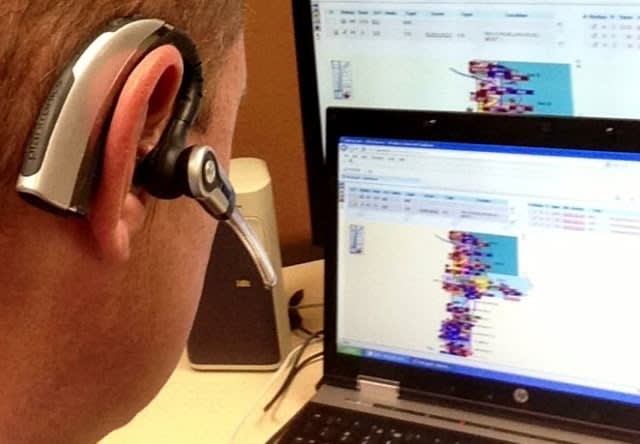A solution to one part of the distracted-driving equation may be with the smart phone we carry on our hip. In the spirit of embracing technology, I'm composing this blog by voice on my smartphone. I'm not typing. My hands are freed from the keyboard to emphasize a point. However, if I were working a patrol shift, hands-free computing could be a lifesaver. I could be driving to a call for service with both hands on the wheel and retrieving (via voice command) critical dispatch information from my mobile computer. What was once a novelty is now on the verge of being valuable public safety tool.
Voice-recognition software is rapidly making its way into our portable electronic communication devices and could be the future of hands-free mobile computing for police officers. But this technology may not be ready for prime-time policing.
Panasonic's Toughbook computers are found in many patrol cars these days, but they have yet to offer a voice recognition interface. They have handy touch screens and according to Panasonic's Kyp Walls, director of product management, "The noisy environment of your typical patrol car makes the use of voice recognition difficult."
This makes sense if you've ever tried to talk on the police radio with the windows open, but it would seem like technology could overcome such an obstacle. Most likely, noise-cancelling technology exists to make the noisy background disappear to make way for clear voice commands. It is, however, a safe bet that offering such an interface would have to be in balance with the costs to produce it. Like anything else technology-related, it's often not so much about the possibility as it is the production costs.
So, as I finish up this little article speaking to my smartphone in the quiet of my office, I will ponder ways to make my police car quieter, so someday I can talk to my on-board computer and worry less about touching the screen in the right place while rushing to a call for help.













